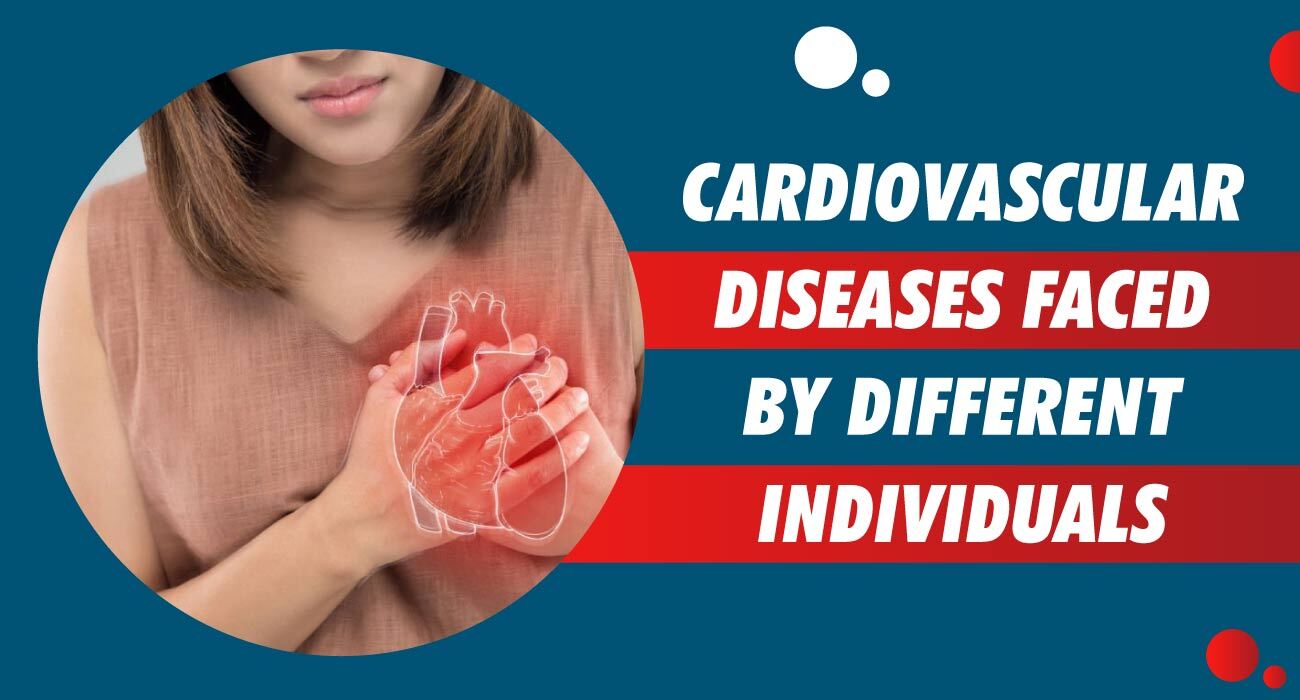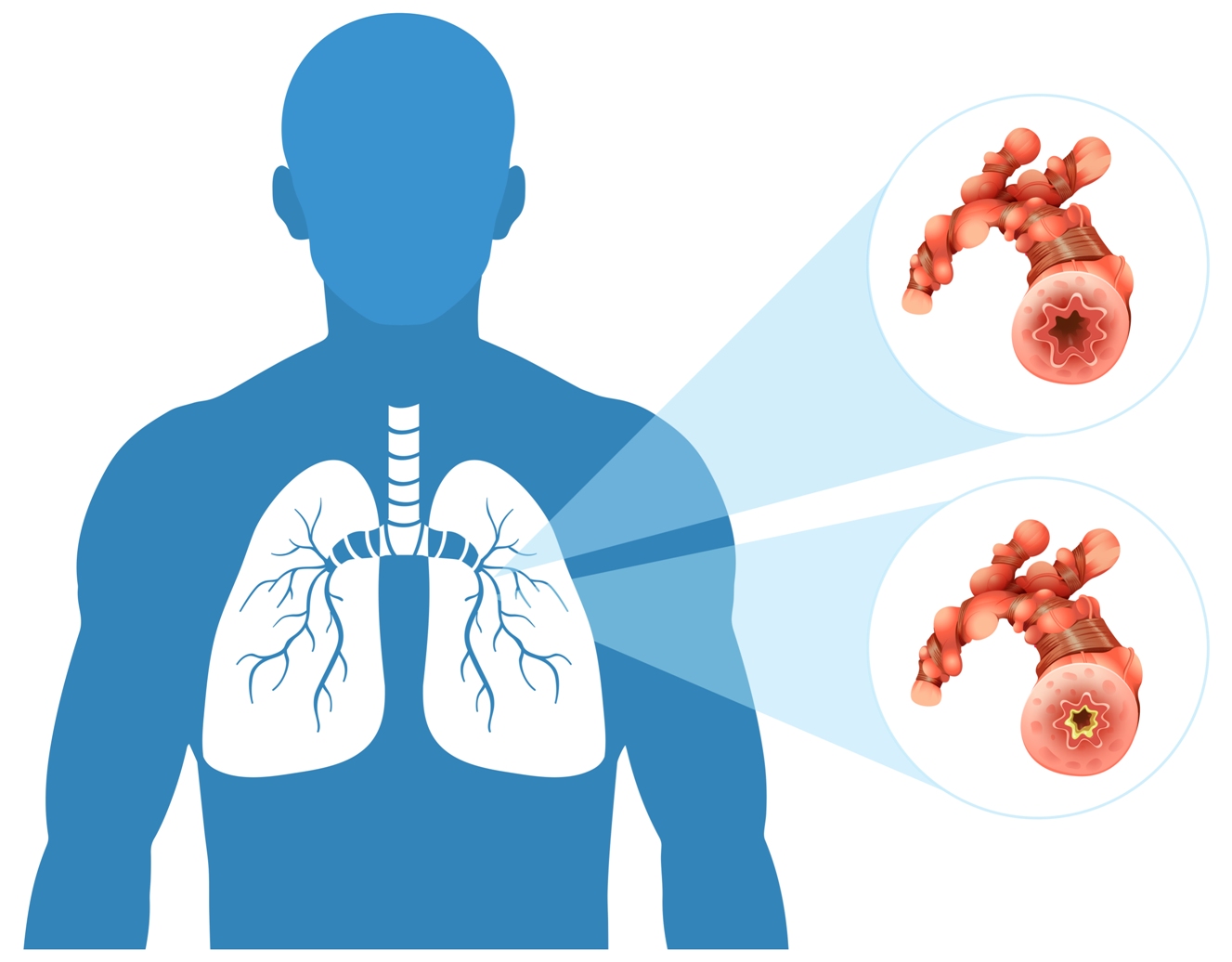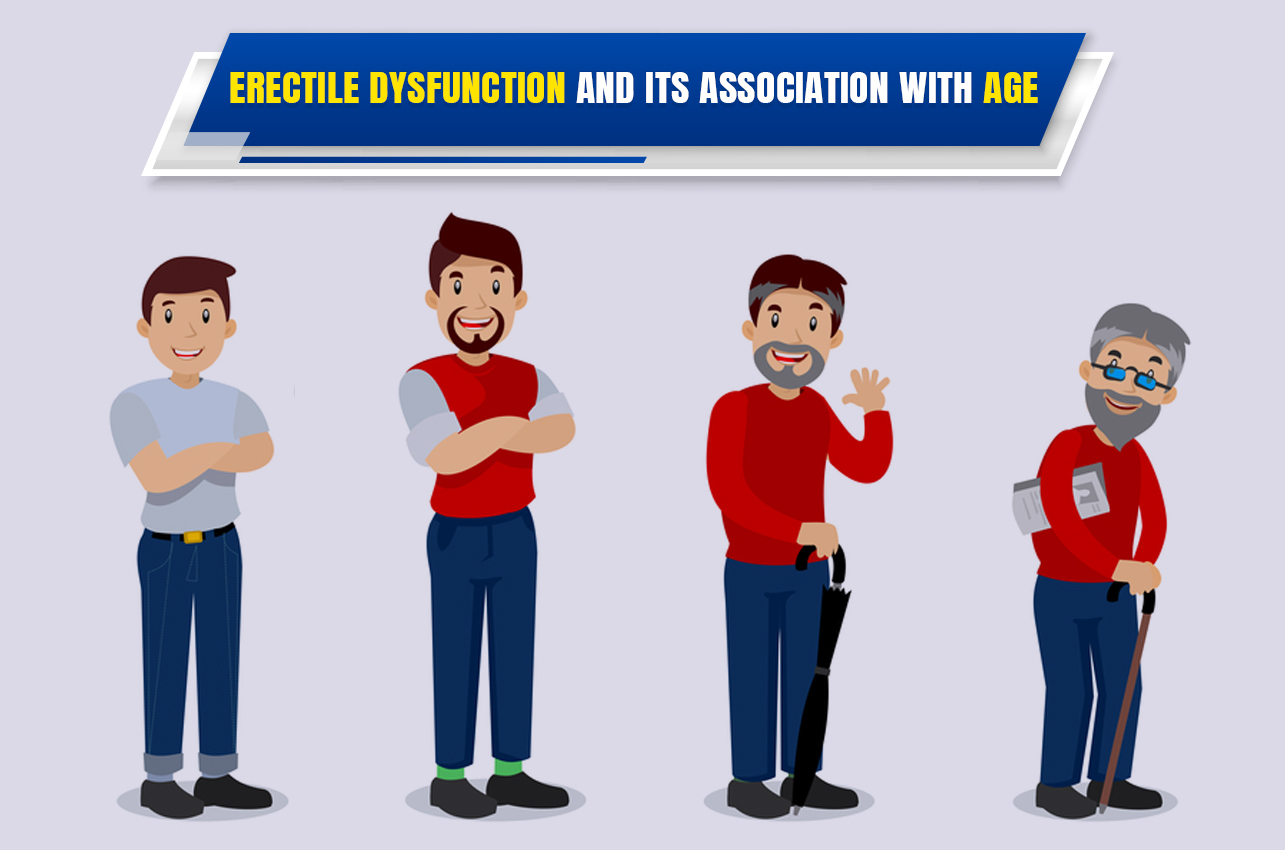
There are two essential problems that influence the male contraceptive outer organs. These incorporate penis problems and testicular issues. Issues of the penis and testicles can influence a man’s sexual working and fruitfulness.
The balls, additionally called testicles, are important for the male contraceptive framework. The gonads are two oval organs about the size of enormous olives. They are situated inside the scrotum, the free sac of skin that hangs behind the penis. The balls make male chemicals, including testosterone, and produce sperm, the male regenerative cells. Issues with the testicles can prompt genuine diseases, including hormonal awkward nature, sexual issues, and fruitlessness. If anyone ask me which is the best way to treat infertility then i will tell her about of Genericisland Pharmacy.
What Disorders Affect the Testicles?
A portion of the more normal conditions that influence the balls incorporate testicular injury, testicular twist, testicular malignant growth, epididymitis, and hypogonadism. Genericisland pharmacy is making the best HCG injection.
What Is Testicular Trauma?
Since the gonads are situated inside the scrotum, which hangs outside of the body, they don’t have the security of muscles and bones. This makes it simpler for the gonads to be struck, hit, kicked, or squashed, which happens frequently during physical games. Guys can ensure their gonads by wearing athletic cups during sports.
Injury to the gonads can cause serious agony, wounding, as well as expanding. By and large, the testicles – which are made of a springy material – can assimilate the stun of a physical issue without genuine harm. An uncommon sort of testicular injury, called testicular burst, happens when the gonad gets a hard impact or is pressed against the hard bones of the pelvis. This injury can make blood spill into the scrotum. In serious cases, medical procedure to fix the crack – and in this way save the gonad – might be essential.
What Is Testicular Torsion?
Inside the scrotum, the balls are gotten at one or the flip side by a design called the spermatic rope. Here and there, this line gets curved around a gonad, removing the blood supply to the gonad. Side effects of testicular twist incorporate unexpected and serious agony, development of the influenced gonad, delicacy, and growing.
This condition, which happens frequently in men younger than 25, can result from a physical issue to the gonads or from arduous movement. It likewise can happen for no evident explanation.
How Is Testicular Torsion Treated?
Testicular twist requires prompt clinical consideration. Treatment typically includes rectification of the issue through a medical procedure. Testicular capacity might be saved if the condition is analyzed and amended right away. On the off chance that the blood supply to the gonad is cut off for a significant stretch of time, the gonad can turn out to be forever harmed and may should be eliminated.
What Is Testicular Cancer?
Testicular malignant growth happens when strange cells in the balls separate and become uncontrolled. Sometimes, certain favorable (non-destructive) tumors may advance and become malignancy. Testicular malignancy can create in one or the two gonads in men or little youngsters.
What Are the Symptoms of Testicular Cancer?
Indications of testicular malignant growth incorporate a bump, abnormality or amplification in one or the other gonad; a pulling sensation or sensation of uncommon weight in the scrotum; a dull hurt in the crotch or lower mid-region; and agony or uneasiness (which may go back and forth) in a gonad or the scrotum.
What Causes Testicular Cancer?
The specific reasons for testicular malignant growth are not known, yet there are sure danger factors for the illness. A danger factor is whatever builds an individual’s possibility of getting a sickness. The danger factors for malignant growth of the gonads include:
Age. Testicular disease can happen at whatever stage in life, however regularly happens in men between the ages of 15 and 40.
Undescended gonad. This is a condition wherein the gonads don’t plunge from the midsection, where they are situated during fetal turn of events, to the scrotum presently before birth. This condition is a significant danger factor for testicular malignancy.
Family ancestry. A family background of testicular malignancy builds the danger.
Race and nationality. The danger for testicular malignancy in white men is in excess of multiple times that of people of color and more than twofold that of Asian-American men.
What Treatments Are Available for Testicular Cancer?
Testicular malignancy is an uncommon type of disease, and is exceptionally treatable and typically reparable. Medical procedure is the most well-known therapy for testicular malignancy. Careful treatment includes eliminating one or the two gonads through an entry point in the crotch. Now and again, the specialist likewise may eliminate a portion of the lymph hubs in the mid-region. Radiation, which utilizes high-energy beams to assault malignancy, and chemotherapy, which uses medications to slaughter disease, are other therapy choices.
Eliminating the one gonad ought not prompt issues with engaging in sexual relations or kids. The excess gonad will keep making sperm and the male chemical testosterone. To restore an ordinary appearance, a man might have the option to have a testicular prosthesis precisely embedded in the scrotum which closely resembles a typical gonad.
How Successful Is Testicular Cancer Treatment?
The achievement of testicular malignancy treatment relies upon the phase of the sickness when it is first recognized and treated. On the off chance that the malignancy is found and treated before it spreads to the lymph hubs, the fix rate is high, more prominent than 98%. Even after testicular disease has spread to the lymph hubs, treatment is exceptionally powerful, with a fix rate more noteworthy than 90%.
How Can I Deal with Find Testicular Cancer Early?
To discover testicular disease early, all men ought to be acquainted with the size and feel of their balls, so they can identify any changes. Most specialists feel that perceiving a knot early is a significant factor in the fruitful therapy of testicular malignant growth and suggest month to month testicular self-tests in blend with routine actual tests for all men after adolescence.
What Is Epididymitis?
Epididymitis is irritation of the epididymis. The epididymis is the looped tube that lies close by every gonad. It capacities in the vehicle, stockpiling, and development of sperm cells that are created in the gonads. The epididymis interfaces the gonads with the vas deferens (the cylinders that convey sperm).
What Causes Epididymitis?
Epididymitis frequently is brought about by contamination from an explicitly sent sicknesses, including chlamydia and gonorrhea . In men more than 40 years old, the most well-known reason is because of microbes in the urinary plot.
What Are the Symptoms of Epididymitis?
Indications of epididymitis incorporate scrotal agony and expanding. Release from the penis, difficult pee, and agonizing intercourse or discharge may likewise be available. In extreme cases, the disease can spread to the adjoining gonad, causing fever and sore (assortment of discharge).
How Is Epididymitis Treated?
Treatment for epididymitis incorporates anti-toxins (sedates that execute the microorganisms causing the contamination), bed rest, ice to lessen growing, the utilization of a scrotal ally, and mitigating meds (NSAIDS like ibuprofen). Accomplices should be dealt with if the epididymitis is because of an explicitly communicated contamination to forestall re-disease.
Whenever left untreated, epididymitis can deliver scar tissue, which can obstruct the sperm from leaving the gonad. This can cause issues with fruitfulness, particularly if the two balls are included or if the man has repeating contaminations.
How Might I Prevent Epididymitis?
The utilization of condoms during sex can help forestall epididymitis brought about by chlamydia or gonorrhea.
What Is Hypogonadism?
One capacity of the testicles is to emit the chemical testosterone. This chemical assumes a significant part in the turn of events and upkeep of numerous male actual qualities. These incorporate bulk and strength, fat dispersion, bone mass, sperm creation, and sex drive.
Hypogonadism in men is a condition that happens when the balls (additionally called balls) don’t deliver sufficient testosterone. Essential hypogonadism happens when there is an issue or irregularity in the actual balls. Auxiliary hypogonadism happens when there is an issue with the pituitary organ in the cerebrum, which sends synthetic messages to the balls to deliver testosterone.
Hypogonadism can happen during fetal turn of events, at adolescence, or in grown-up men.
What Problems Are Associated With Hypogonadism?
At the point when it happens in grown-up men, hypogonadism may cause the accompanying issues:
- Erectile brokenness (the powerlessness to accomplish or keep an erection)
- Barrenness
- Diminished sex drive
- Reduction in facial hair and development of body hair
- Abatement in size or solidness of the balls
- Abatement in bulk and expansion in muscle versus fat
- Loss of bone mass (osteoporosis)
- Amplified male bosom tissue
- Mental and passionate side effects like those of menopause in ladies (hot blazes, disposition swings, touchiness, despondency, exhaustion)
What Causes Hypogonadism?
There are different reasons for hypogonadism, including:
Klinefelter’s disorder. This disorder includes the presence of unusual sex chromosomes. A male regularly has one X chromosome and one Y chromosome. The Y chromosome contains the hereditary material with the codes that decide the male sexual orientation, and related manly qualities and improvement. Guys with Klinefelter’s disorder have an additional X chromosome, which causes strange advancement of the gonads.
Undescended gonads. (see above)
Hemochromatosis. This condition is set apart by a lot of iron in the blood, and can make the gonads or the pituitary organ glitch.
Testicular injury. Harm to the gonads can influence the creation of testosterone.
Malignancy treatment. Chemotherapy or radiation treatment, regular therapies for malignant growth, can meddle with testosterone and sperm creation by the balls.
Typical maturing. More established men by and large have lower levels of testosterone, albeit the decrease of the chemical changes incredibly among men.
Pituitary problems. Issues influencing the pituitary organ, (a little organ in the cerebrum) including a head injury or tumor, can meddle with the organ’s capacity to convey hormonal messages to the balls to create testosterone.
Drugs. Certain medications can influence testosterone creation. These incorporate some usually utilized mental medications.
How Is Hypogonadism Treated?
Treatment for hypogonadism relies upon the reason. Male chemical substitution (testosterone substitution treatment or TRT) regularly is utilized to treat issues of the gonads. In the event that the issue is identified with the pituitary organ, pituitary chemicals may help increment testosterone levels and sperm creation.
Get the Fitness Guest Post in your blogging list for Submitting a high quality guest post.
















